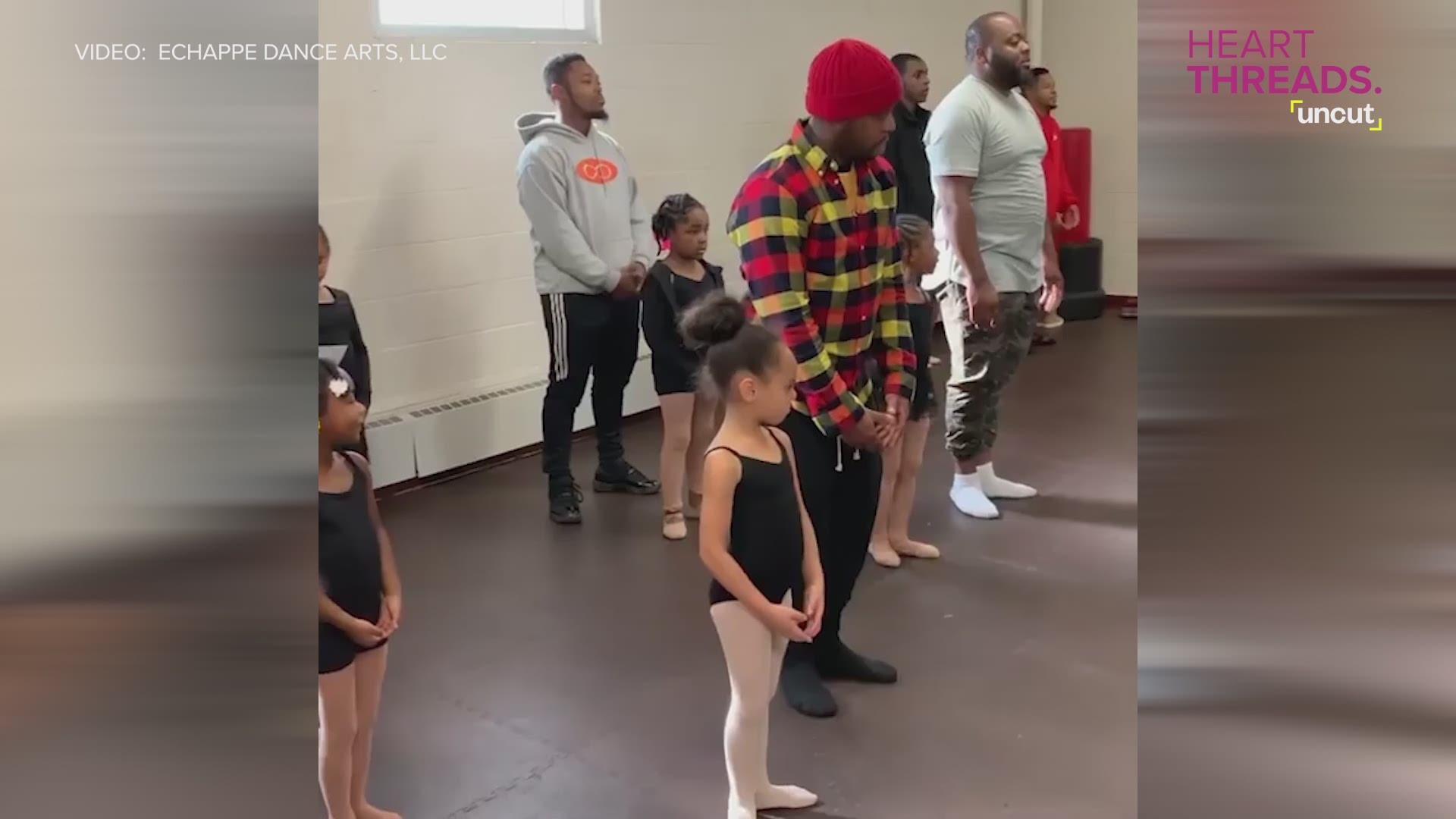The tone of this presidential election, often called “uncivil,” has led many to call for an urgent improvement of civic education in America.
Civic education can teach citizens how to deliberate, even when they have political differences. It can enable citizens to find solutions to many problems such as school attendance, economic development or community safety.
For over a decade, we’ve worked as researchers investigating a wide range of questions related to youth civic participation. Over this period, we have observed how civic life has been transformed. New technologies emerged as well as new political and social movements, such as the Tea Party, Occupy Wall Street and the movement for black lives – all of which have changed civic life. Indeed, today’s youth have a lot more opportunities to express their political views and take action through online platforms.
However, significant gaps remain in one of the most basic forms of civic participation – voter turnout. Only about 40-45 percent of 18-to-29-year-olds turned out to vote in the 2012 election, and gaps among youth remain a concern in 2016.
One big reason for these voting rates is in the way many public K-12 schools are teaching civics: Students may be learning about the mechanics of government, but they are not always required to learn the skills needed for civic participation. Teachers, meanwhile, have voiced concern that lessons about elections and politics will be perceived by some as partisan.



